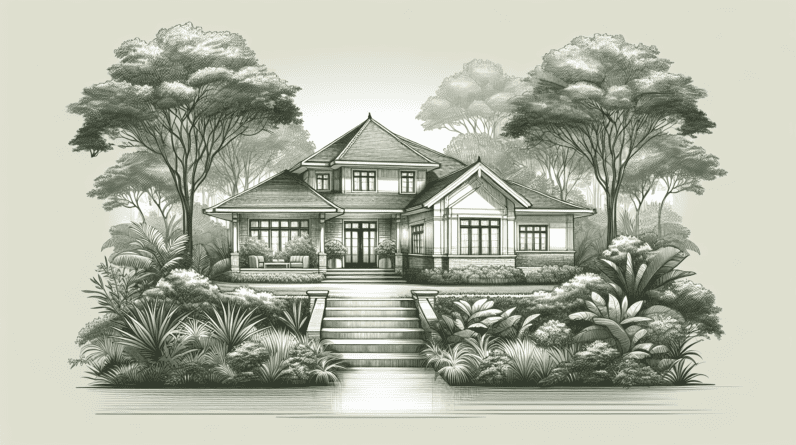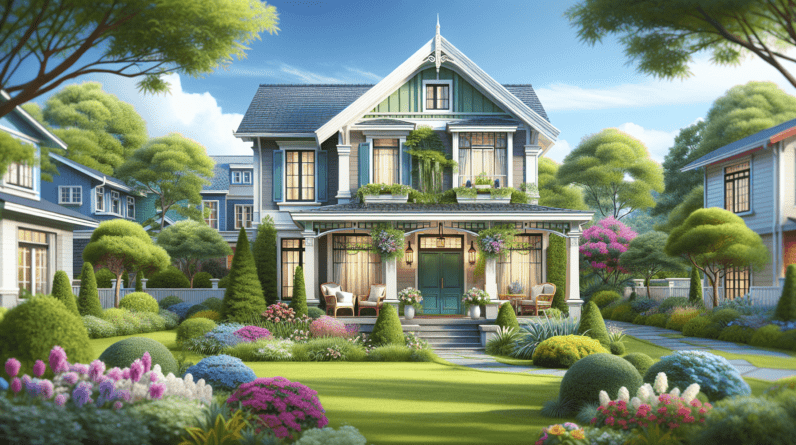In a remarkable display of ingenuity and civic engagement, second-grade students at Bronxville Elementary School presented their innovative ideas for school improvements – using meticulously crafted Lego models. This unique project, spearheaded by their teacher Mrs. [Teacher’s Last Name], not only fostered creativity and problem-solving skills but also gave these young minds a voice in shaping their learning environment.
Lego Bricks Meet Real-World Problem Solving
Mrs. [Teacher’s Last Name]’s classroom transformed into a bustling hub of architectural design as students, armed with colorful Lego bricks, set out to address real-world challenges within their school. The project, inspired by the principles of design thinking and project-based learning, encouraged students to identify areas for improvement and brainstorm creative solutions.
Working in small groups, the second graders tackled a range of issues, from enhancing playground safety and accessibility to optimizing classroom layouts for better collaboration and learning. They began by meticulously observing their surroundings, taking notes, and interviewing fellow students and teachers to gather diverse perspectives.
Miniature Models, Big Ideas
The magic of the project truly unfolded as the students translated their ideas into tangible Lego models. Tiny bricks were carefully assembled to create miniature versions of the school, complete with detailed representations of their proposed improvements. Playgrounds came alive with colorful slides, climbing walls, and sensory gardens, all meticulously designed with accessibility and safety in mind. Classrooms were reimagined with flexible seating arrangements, collaborative workspaces, and innovative storage solutions to foster a more engaging and inclusive learning environment.
It was amazing to see how the children’s imaginations soared when they had the freedom to build and experiment with Legos, remarked Mrs. [Teacher’s Last Name]. They were so thoughtful in considering the needs of all students and staff members.
Pitching to the School Board
The culmination of weeks of research, brainstorming, and building culminated in a special presentation day. Students, brimming with pride and enthusiasm, presented their Lego models and improvement proposals to a panel of judges, including the school principal, teachers, and even local architects. Each group eloquently articulated their design rationale, highlighting the problem they identified, the research they conducted, and the thought process behind their Lego creations.
The judges were blown away by the students’ creativity, problem-solving skills, and confidence. These second graders weren’t just playing with Legos, remarked Principal [Principal’s Last Name]. They were thinking critically, collaborating effectively, and presenting their ideas with a level of sophistication that was truly impressive.
A Lasting Impact
The Lego school improvement project went far beyond a fun classroom activity. It ignited a passion for STEM (Science, Technology, Engineering, and Mathematics) learning, instilled the value of civic engagement, and empowered students to become active agents of change within their community.
The school administration was so impressed by the students’ ideas that they are actively exploring ways to implement some of their proposals. From enhanced playground equipment to more flexible classroom layouts, the legacy of these second-grade architects promises to shape the future of Bronxville Elementary School for years to come.
Beyond Bronxville: A Model for Educational Innovation
The success of the Bronxville Lego project has sparked interest from educators across the country. Its innovative approach to project-based learning, coupled with the universal appeal of Legos, offers a powerful model for engaging young minds and fostering 21st-century skills.
By empowering students to identify problems, brainstorm solutions, and turn their ideas into tangible creations, educators can ignite a love of learning that extends far beyond the classroom. And who knows, maybe some of these young Lego architects will go on to design real schools and communities in the future.






